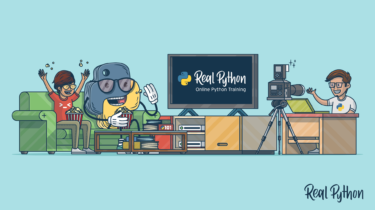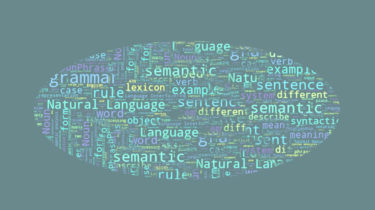Python: Check if Variable is a String
Introduction Python is a dynamically typed language, and the variable data types are inferred without explicit intervention by the developer. If we had code that requires a string to work correctly but lacked type hints, which are optional, how can we avoid errors if the variable used is not a string? In this tutorial, we’ll take a look at how to check if a variable is a string in Python, using the type() and isinstance() functions, as well as the […]
Read more

